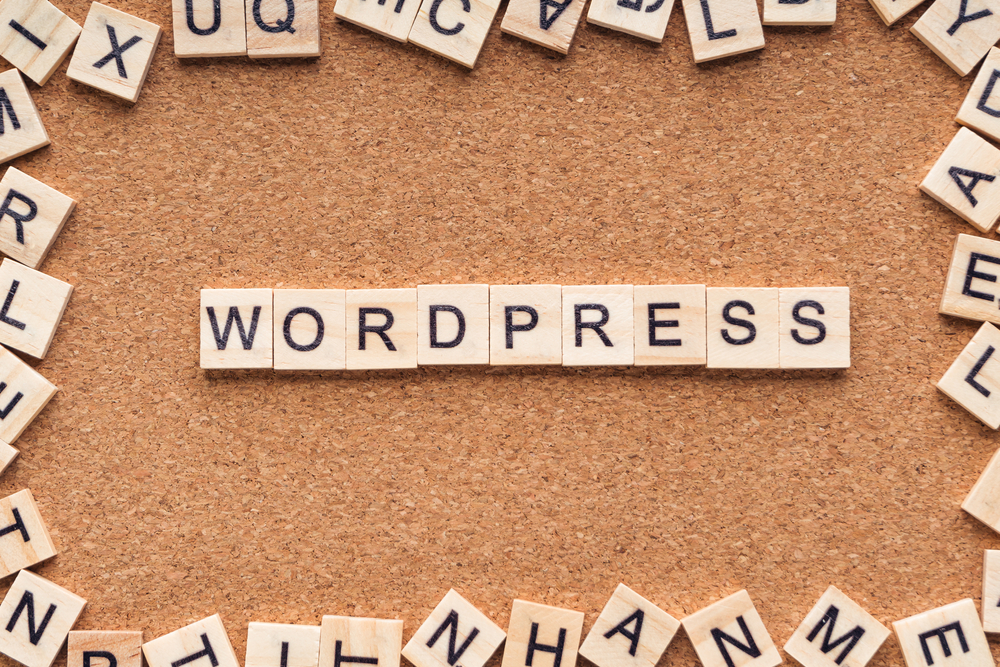
Mastering WordPress Customization and Maintenance: Essential Tips and Tricks

Mastering WordPress Customization and Maintenance: Essential Tips and Tricks
Over the years, WordPress has emerged as the go-to platform for building and managing websites. With its ease of use, flexibility, and extensive plugin library, WordPress has empowered individuals and businesses alike to create stunning and functional websites. However, to truly harness the power of WordPress, one must delve into the world of customization and maintenance. In this article, we will explore some essential tips and tricks to help you become a master of WordPress (WP) customization and maintenance.
1. Customize Your Theme
The first step towards achieving a unique website is to customize your theme. While WordPress (the blogging platform) offers a wide range of pre-designed themes, customizing them to align with your brand identity is crucial. Start by changing the colors, fonts, and images to match your desired aesthetic. Additionally, consider using child themes to make changes without altering the original framework. By customizing your theme, you can create a website that stands out from the crowd.
2. Utilize Custom Menus
Navigation is a key component of any website. WordPress allows you to create custom menus that make it easy for users to explore your site. To create a custom menu, go to Appearance > Menus in your WordPress dashboard. From there, you can add pages, categories, or custom links to your menu structure. You can also rearrange the items by simply dragging and dropping. Utilizing custom menus gives you more control over the user experience, ensuring that visitors can find what they're looking for quickly and easily.
3. Take Advantage of Widgets
Widgets are dynamic elements that can be added to your website's sidebars, footers, or other widgetized areas. With WordPress, you have access to a wide variety of pre-built widgets, including search bars, recent posts, social media buttons, and more. To add a widget, navigate to Appearance > Widgets in your WordPress dashboard. From there, simply drag and drop the desired widget into the widgetized area. By strategically using widgets, you can enhance the functionality and aesthetics of your website.
4. Optimize for Speed
In today's fast-paced world, users expect websites to load quickly. A slow-loading website can result in high bounce rates and lost opportunities. Luckily, WordPress (the platform for bloggers) offers several optimization techniques to improve website speed. Start by using a lightweight theme and avoid excessive plugins. Additionally, consider installing a caching plugin and optimizing your images. These simple optimizations can significantly boost your website's loading speed, leading to improved user experience and better search engine rankings.
5. Regularly Update WordPress and Plugins
Keeping your WordPress installation and plugins up to date is crucial for security and performance. WordPress releases regular updates that address security vulnerabilities, enhance features, and improve overall stability. To update WordPress, go to Dashboard > Updates and follow the prompts. Remember to also update your plugins regularly. Outdated plugins can be susceptible to security breaches and may not work optimally with the latest version of WordPress.
Frequently Asked Questions
1. How can I back up my WordPress website?
To back up your WordPress website, you can use a plugin like UpdraftPlus or manually export your content and database through the WordPress dashboard. It is recommended to perform regular backups to protect your website from unexpected events or data loss.
2. Can I customize WordPress without coding skills?
Absolutely! WordPress (or WP) offers a user-friendly interface and a wide range of customizable themes and plugins that cater to both beginners and advanced users. With the help of drag-and-drop page builders and theme customization options, you can create a stunning website without any coding knowledge.
3. How can I secure my WordPress website?
Securing your WordPress website is crucial to protect it from potential threats. Some essential security practices include using strong passwords, limiting login attempts, enabling two-factor authentication, keeping regular backups, and using security plugins to scan for vulnerabilities and malicious activities.
4. Is it necessary to optimize images for my WordPress website?
Yes, optimizing images is essential for website performance. By compressing and resizing images without compromising quality, you can significantly reduce their file sizes, resulting in faster loading times. This optimization is particularly important for mobile users who may have limited bandwidth.
5. Can I revert back to a previous version of WordPress?
While it is generally not recommended to revert back to older versions of WordPress, it is possible to do so with caution. However, rolling back to an older version may introduce security vulnerabilities and compatibility issues with themes and plugins. It is advisable to consult a professional or thoroughly research the implications before attempting such a rollback.
In conclusion, mastering WordPress customization and maintenance is essential for creating and managing a successful website. By customizing your theme, utilizing custom menus and widgets, optimizing for speed, and keeping WordPress and plugins up to date, you can enhance the functionality, aesthetics, and security of your website. With these tips and tricks, you'll be well on your way to becoming a WordPress pro.
Other useful resources
- https://www.wordpress24plus.com/services/
- https://www.wordpress24plus.com/wordpress-tools-directory/wordpress-plugins/
- https://www.wordpress24plus.com